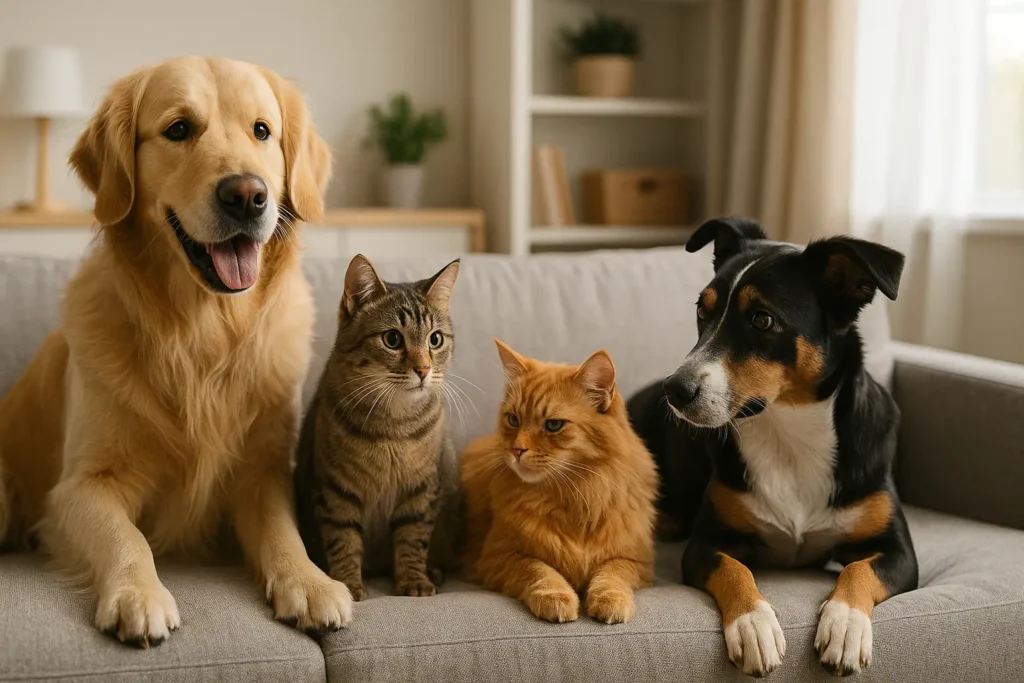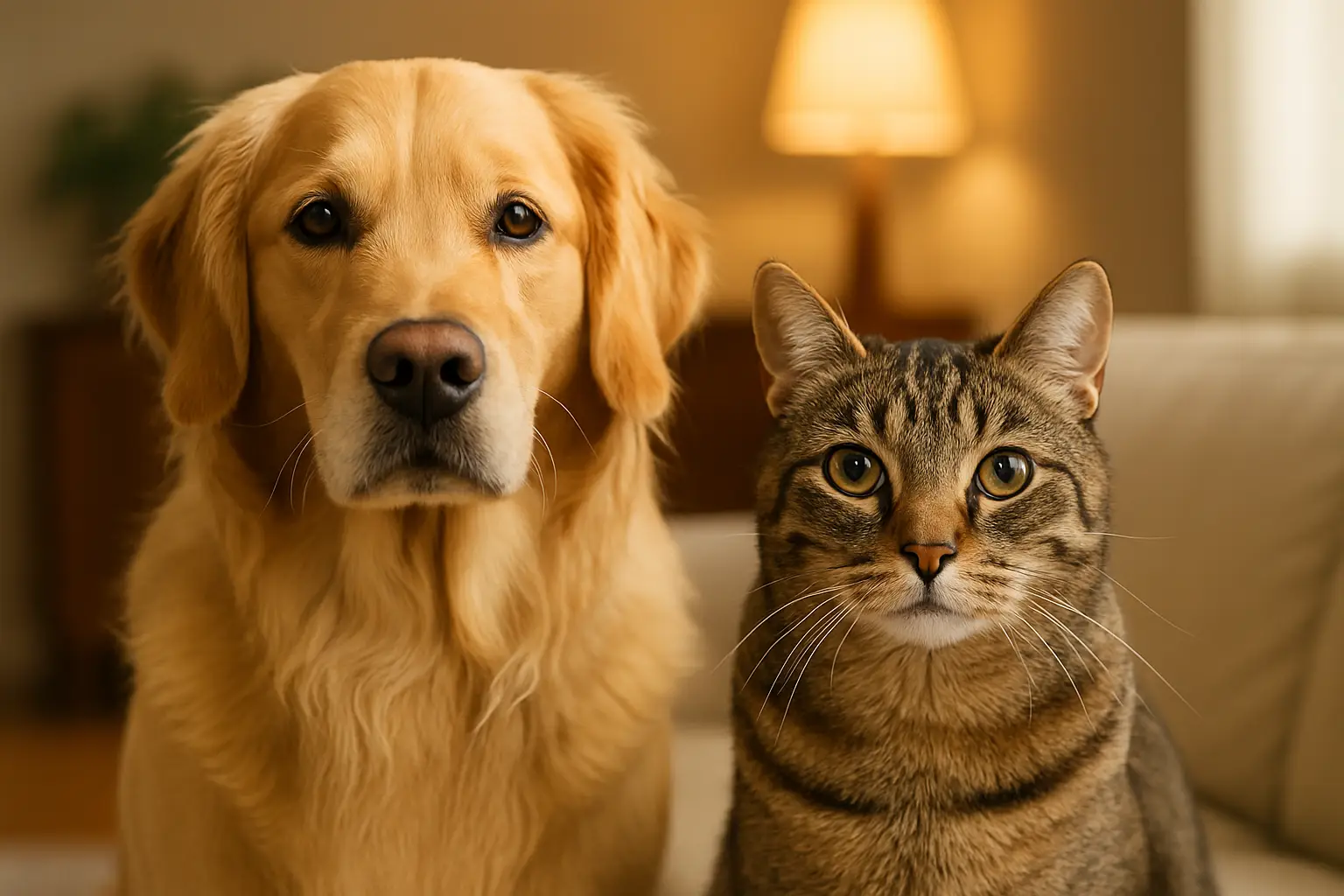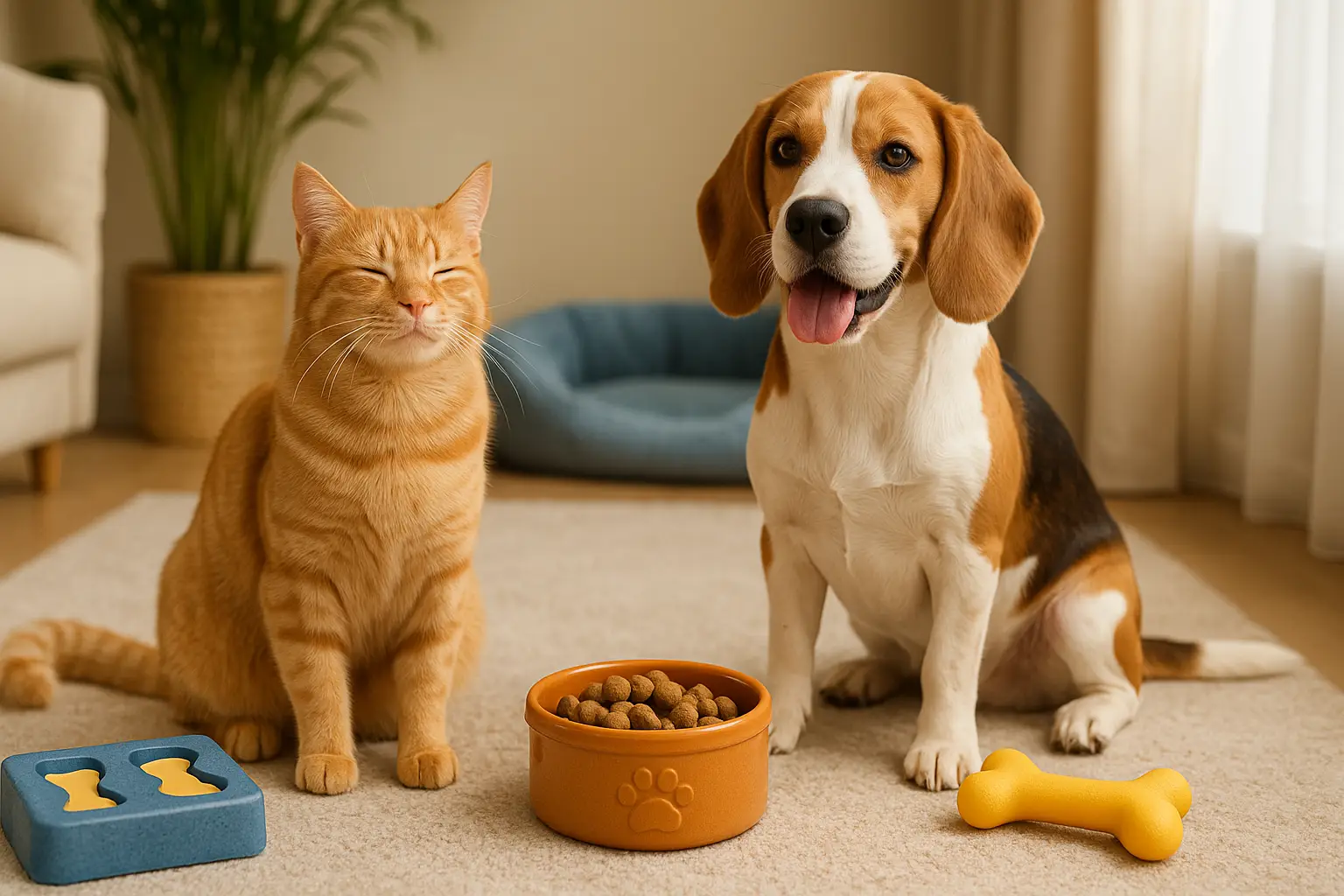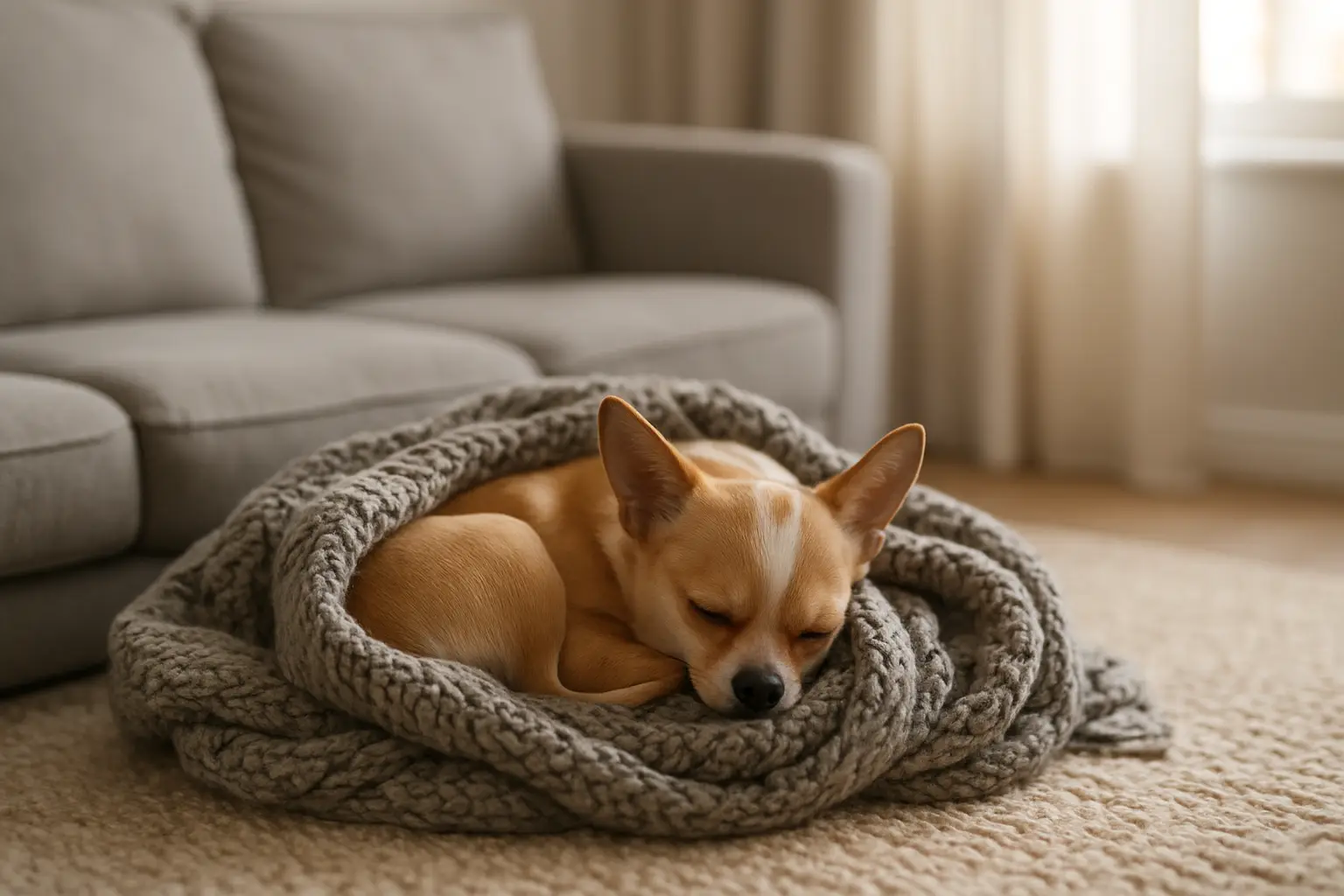How to Manage Multiple Pets in One Household
Having more than one pet brings double the love—but also double the complexity. Whether you share your home with two dogs, several cats, or a mix of both, managing multiple pets means creating a balanced environment where every animal feels safe, seen, and supported.
Without structure, a multi-pet household can quickly become chaotic. Competition, resource guarding, stress-based behavior, or territorial tension may arise. But with thoughtful routines, emotional awareness, and fair boundaries, harmony is absolutely achievable.
In this guide, you’ll learn how to create a peaceful, structured home where every pet can thrive—no matter how many paws are running around.

Why Managing Multiple Pets Requires Special Attention
Each animal has their own personality, needs, and communication style. When living together, these differences can lead to stress if not managed carefully.
Challenges of Multi-Pet Homes:
- Competition for food, toys, or attention
- Conflicts over territory or resting spots
- Different energy levels and play styles
- Varying emotional needs
- Accidents caused by overstimulation or confusion
But with awareness and proactive structure, you can prevent most issues before they start.
Step 1: Understand Each Pet as an Individual
Don’t group your pets as “the dogs” or “the cats.” Each one has a unique emotional profile.
Observe:
- Who initiates play or attention?
- Who is shy, assertive, dominant, or passive?
- Who needs more space or stimulation?
- How do they respond to routine changes?
Your management starts with recognizing individual needs.
Step 2: Provide Separate Resources
To prevent competition, make sure each pet has their own essentials.
Essentials to Duplicate:
- Food and water bowls
- Litter boxes (one per cat, plus one extra)
- Beds or crates
- Toys
- Scratching posts or chew toys
Resource sharing should be optional—not required.
Step 3: Establish a Predictable Routine
Routine is the foundation of calm in a multi-pet home.
Include in Your Routine:
- Set feeding times (avoid free feeding with dogs)
- Morning and evening rituals (walks, bathroom, wind-down)
- Structured play sessions (individually or as a group)
- Daily calm time or solo rest periods
When pets know what to expect, they’re less likely to feel anxious or competitive.
Step 4: Manage Feeding Carefully
Food is one of the most common triggers for tension.
Tips:
- Feed pets in separate rooms or areas
- Use crates or baby gates to create distance
- Supervise until all bowls are empty
- Never let pets steal food from each other
Use food time to reinforce boundaries and trust—not rivalry.
Step 5: Offer Individual Attention Daily
Group love is great—but one-on-one time is essential.
Try:
- Solo play sessions
- Short training or cuddle time in another room
- Personal grooming rituals
- Calling each pet by name with positive association
Individual attention helps reduce jealousy and builds stronger bonds.
Step 6: Supervise Group Play and Interaction
Play can be bonding—but also a source of stress if unmanaged.
During Play:
- Watch for signs of overstimulation (growling, biting, chasing)
- Use clear cues like “enough” or “settle”
- Interrupt gently if one pet dominates
- Separate pets if tensions rise
Teach all pets that calm energy is the key to continued interaction.
Step 7: Use Positive Reinforcement for Group Harmony
Reward calm, cooperative behavior.
Examples:
- When pets wait their turn
- When they share space peacefully
- When they greet each other gently
- When they disengage from conflict or walk away
Reinforce the energy you want—not just the actions.
Step 8: Respect Personality Differences
Not all pets want constant interaction—even with each other.
Signs a Pet Needs Space:
- Hiding or withdrawing
- Growling or swatting
- Ignoring play invitations
- Leaving the room when others approach
Let introverted pets set their own social limits. Don’t force affection or group engagement.
Step 9: Use Zones to Create Peace
Design your home to support calm coexistence.
Zone Ideas:
- A cat-only high space or room
- Separate sleeping areas for each dog
- A puppy playpen for breaks
- Baby gates to block off overstimulating zones
Zoning lets pets regulate their own environment.
Step 10: Manage Doorways, Entrances, and Walks
Excitement can cause chaos at doors or during walks.
For Dogs:
- Teach individual name recall
- Leash up in a calm, orderly sequence
- Use a “wait” command at the door
- Walk dogs separately if one is reactive or anxious
For Mixed Pets:
- Ensure dogs don’t chase cats at doors
- Place litter boxes away from high-traffic areas
- Block access to cat feeding zones during dog meals
Managing transitions avoids tension.
Step 11: Address Jealousy with Structure, Not Emotion
Pets may get possessive over humans.
Avoid:
- Picking up one pet when another is demanding
- Allowing one pet to “guard” your lap
- Giving attention to the loudest or pushiest animal
Do:
- Use a calm cue (“your turn”) for fairness
- Give attention to quiet, respectful behavior
- Offer affection in rotation—never all at once under pressure
You’re the leader. Fairness builds trust.
Step 12: Recognize and Break Tension Early
Not all conflict is obvious. Some builds slowly.
Watch for:
- Stiff body language or silent staring
- Blocking access to doors or beds
- One pet always avoiding another
- Food or toy guarding behaviors
Interrupt calmly and redirect with play or space.
Step 13: Create Enrichment for Each Pet’s Needs
What stimulates one pet may stress another.
Ideas:
- Puzzle feeders for thinkers
- Scent games for sniffers
- Window spots for bird-watchers
- Solo chew time for decompressing
- Trick training for active minds
Let each pet be fulfilled—not overstimulated by the group.
Step 14: Train with All Pets—but Know When to Separate
Training in a group builds harmony—but some skills require focus.
Train Together When:
- Practicing calm behavior (sit, wait)
- Reinforcing name recognition
- Building group tolerance (stay together)
Train Separately When:
- Teaching new skills
- Correcting problem behaviors
- One pet distracts the others
Balance group learning with solo mastery.
Step 15: Don’t Forget Yourself
A multi-pet home takes effort. Your peace matters too.
Support Yourself:
- Set pet-free zones or “quiet time” for you
- Use support tools (feeders, crates, gates)
- Take breaks when needed
- Ask for help with walks, cleaning, or play if overwhelmed
Happy pet parents create happy homes.
Final Thoughts: Harmony Takes Leadership and Love
Managing multiple pets isn’t just about control—it’s about balance. Each pet wants to feel safe, loved, and respected. Your job is to create the environment where that’s possible.
With structure, fairness, and consistent calm energy, your home becomes more than a house with pets. It becomes a true pack—a family.
And in that family, every paw has a place.




Post Comment